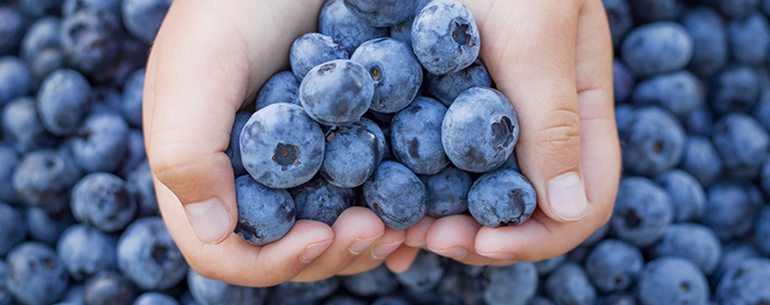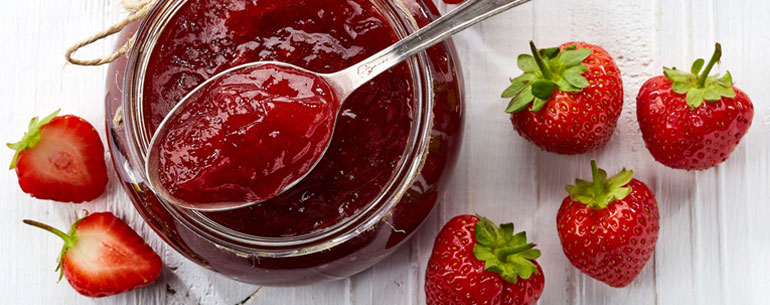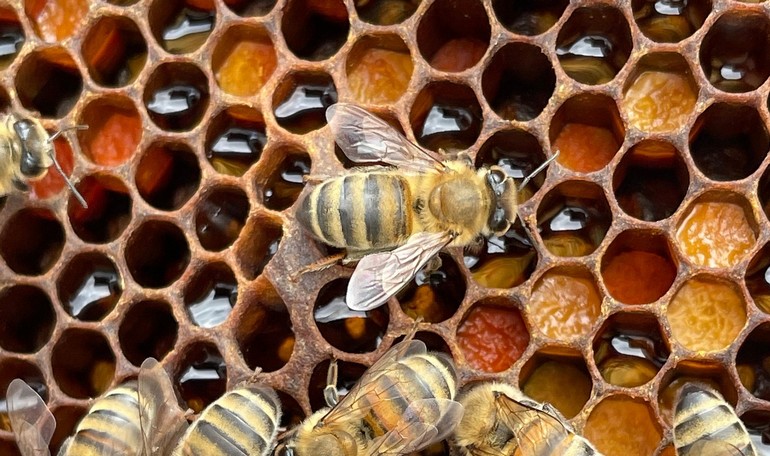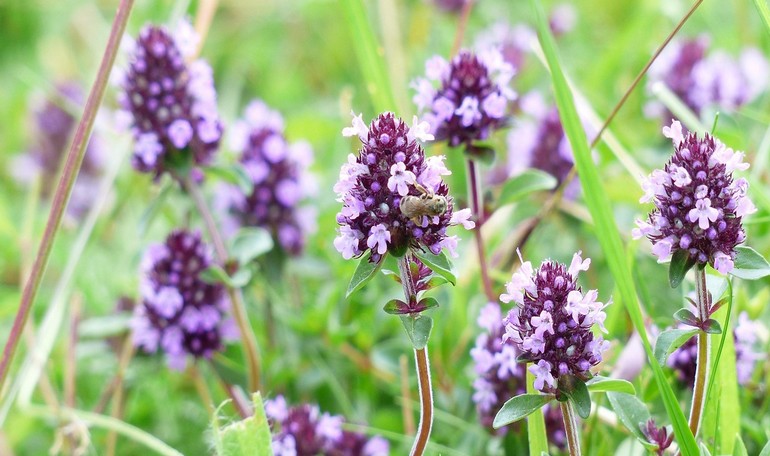The word from the nutritionist
Prune or plum?
Sweety and tasty these fruits accompany your meals from June to October.
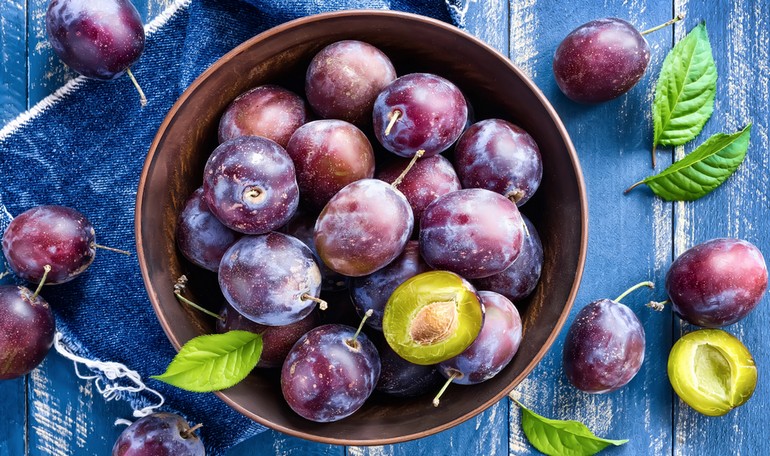
Although often in common language the prune is confusef with plum, the two fruits belong to different species: Prunus domestica (European prlums) and the Prunus salicina (Sino-Japanese plums).
The European plums are oval, with a yellow or violet colour and a flesh that comes away easily from the kernel. They are suited both for the fresh consumption and for the drying. The Sino-Japanese plums, instead, have yellow, green, violet or wine-red colour, a rounded shape and a soft and juicy flesh that comes away with difficult from the kernel. They are suited only for the fresh consumption.
In the peel of both fruits is present a waxy substance called bloom, that is necessary to protect the fruits from ultraviolet lamps and to limit the dehydration. The prunes have few calories and they are good source of fibres, sugar, vitamin A, vitamin C, vitamin K and mineral salt (including potassium, magnesium, phosphorus and zinc. Thanks to the presence of polyphenols these fruits have anti-oxidant properties. They are also depurative, diuretic, energizing and they reinforce the immuno system. They are also lightly laxative thanks to the presence of fibers.
These fruits can be used as ingredient to prepare both salt and sweet dishes. In particular the prunes are usef to prepare bittersweet recipes, where the taste of fruit married the goat's cheese, meats or cold cuts.
Published 16 July 2019

